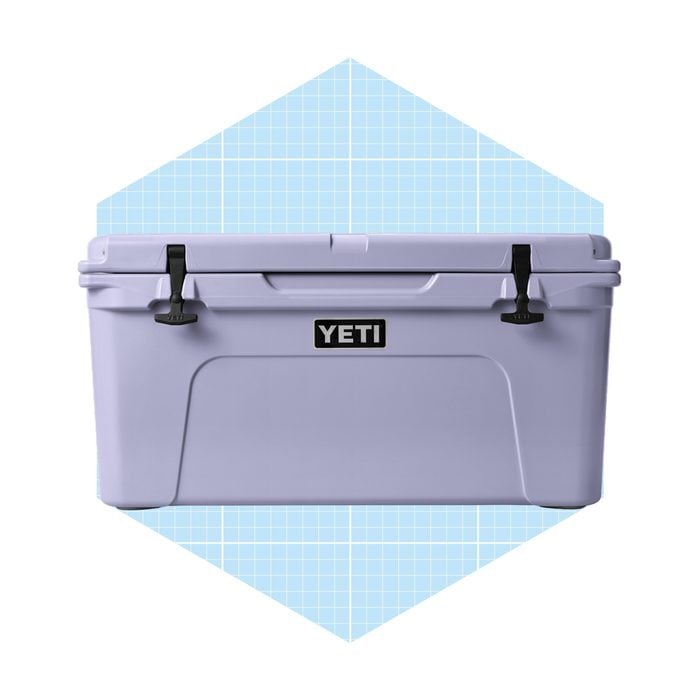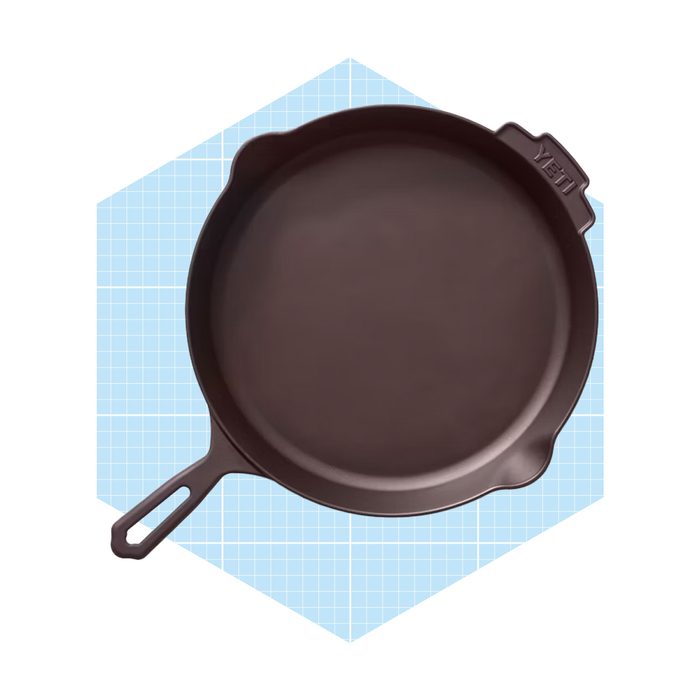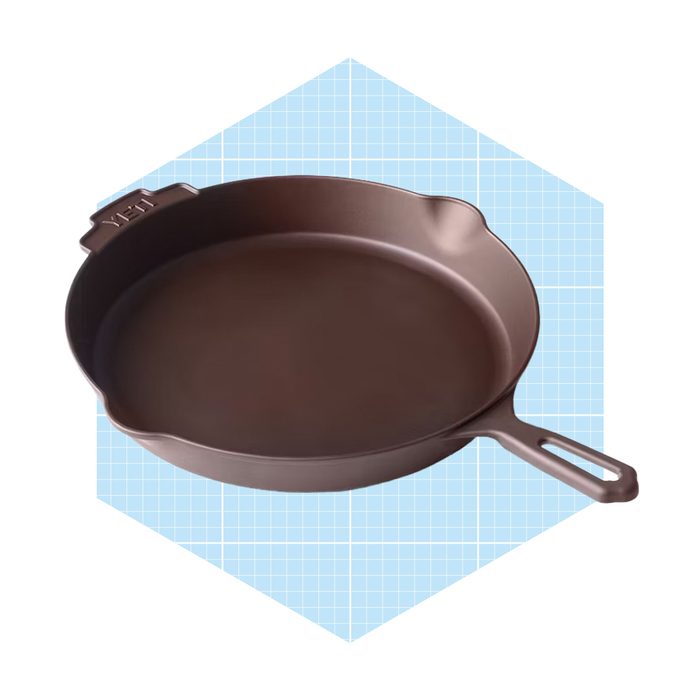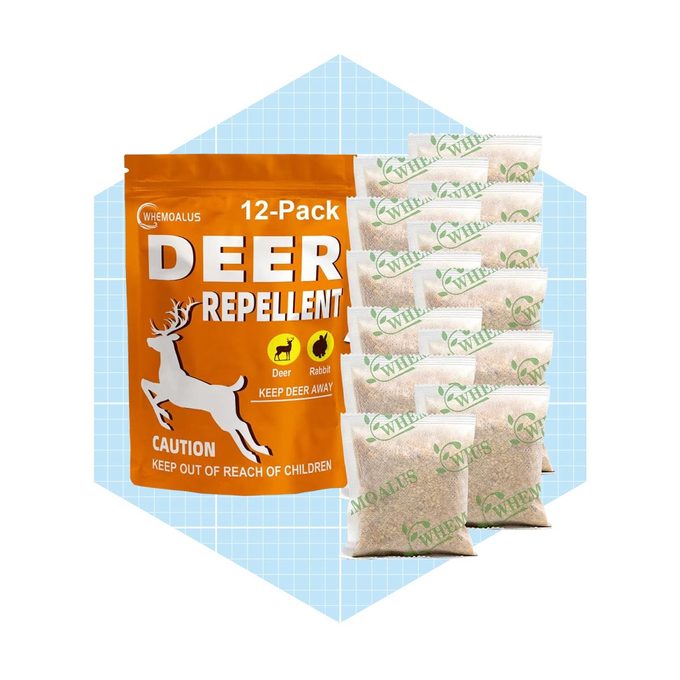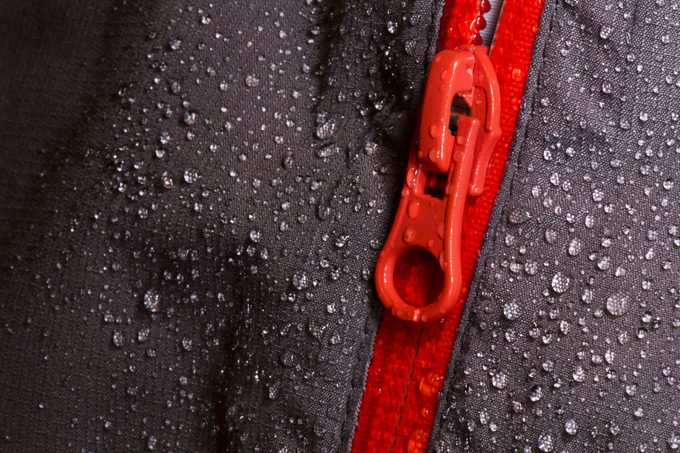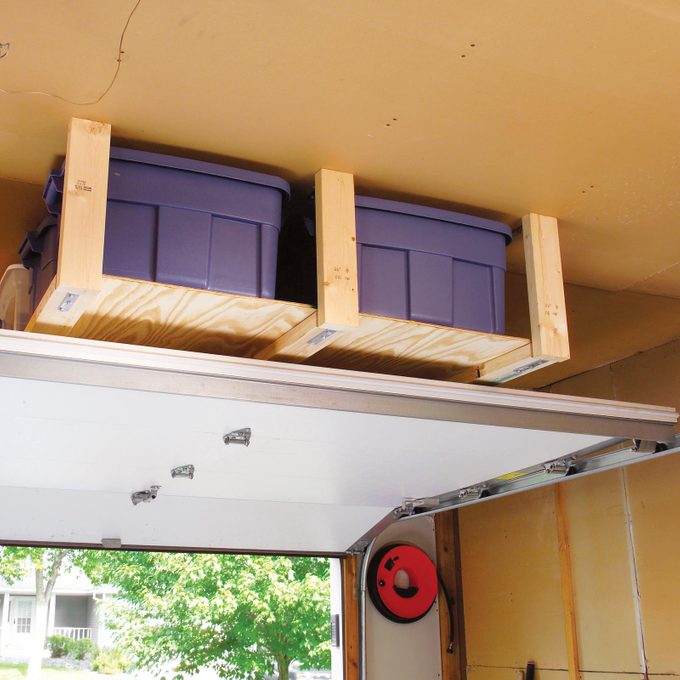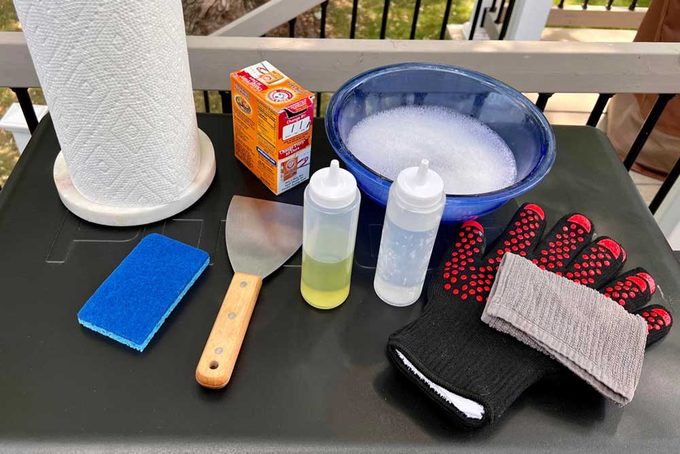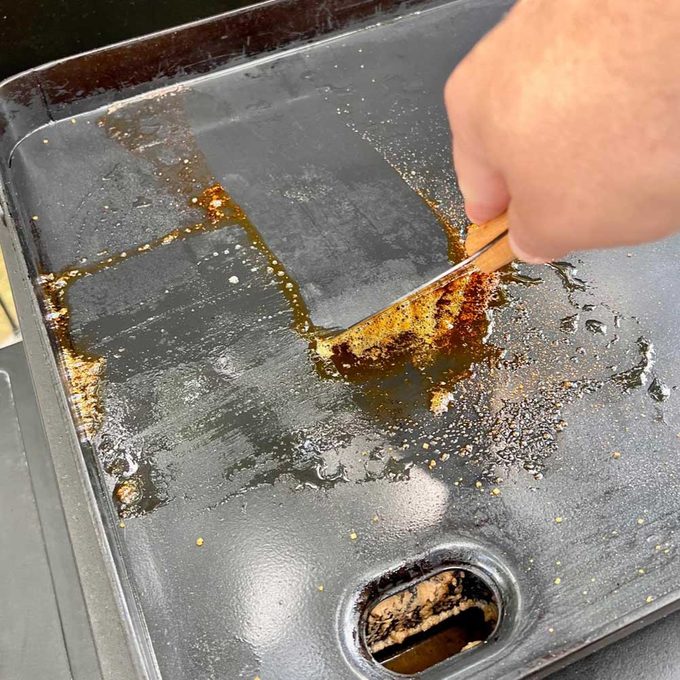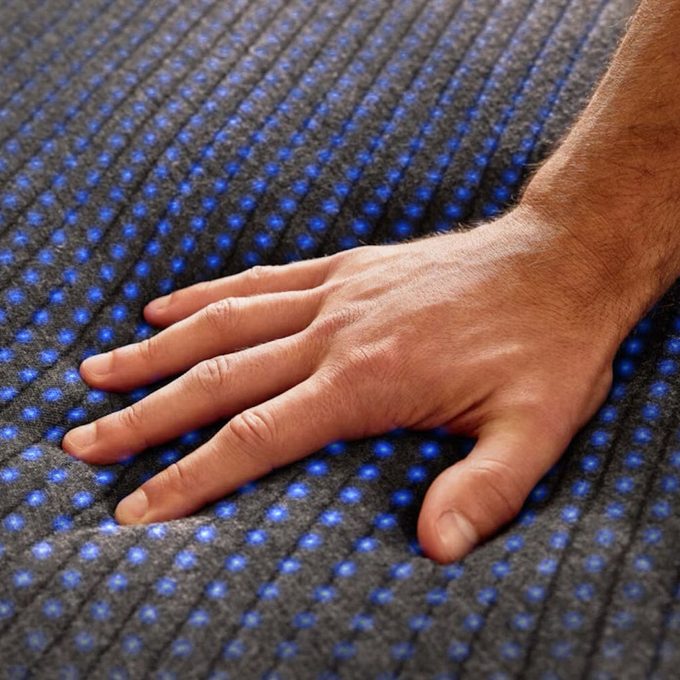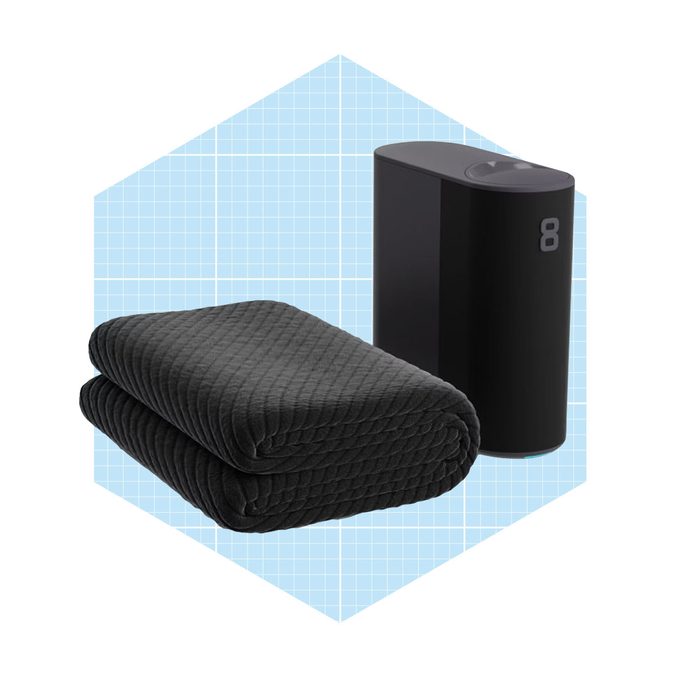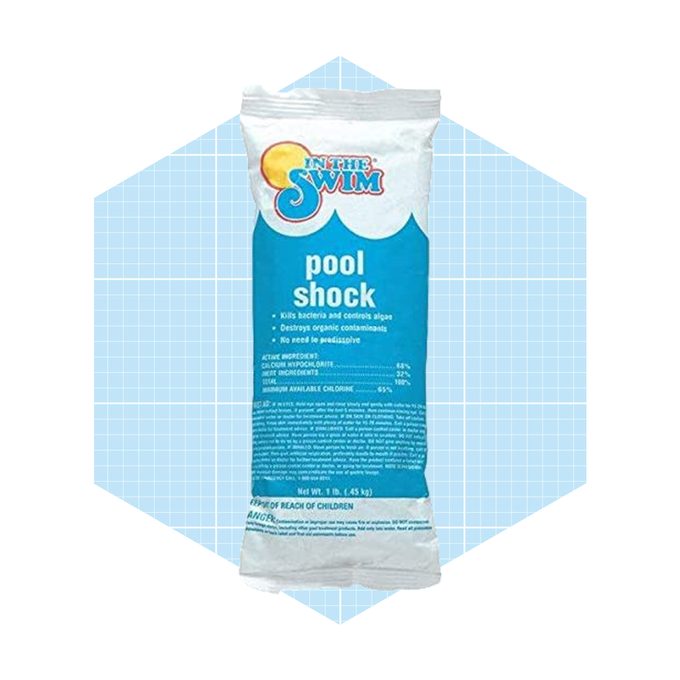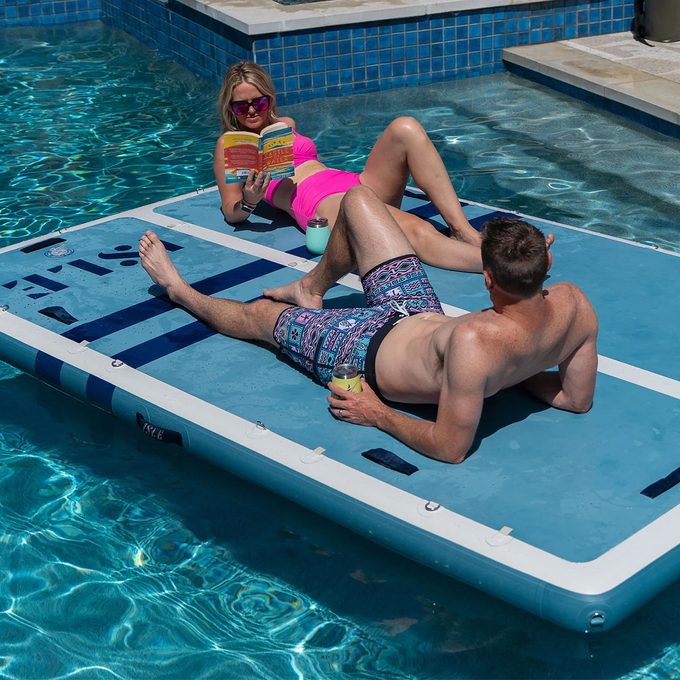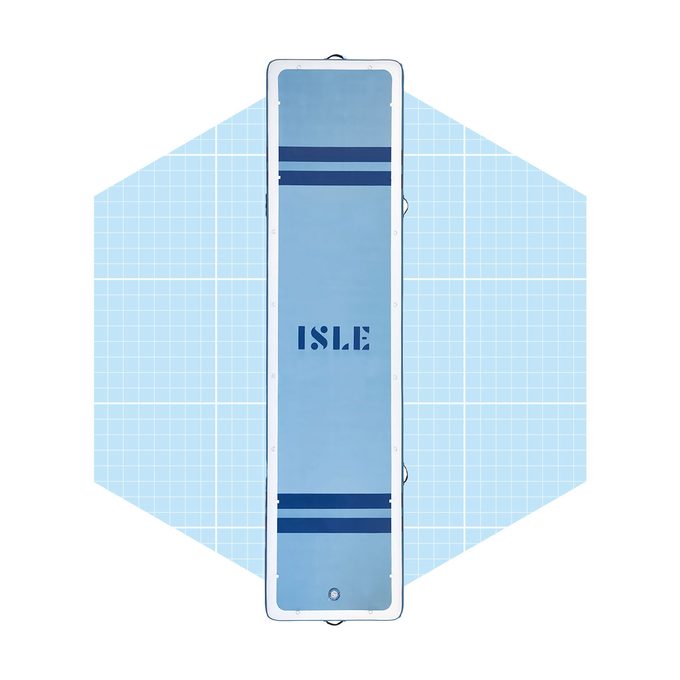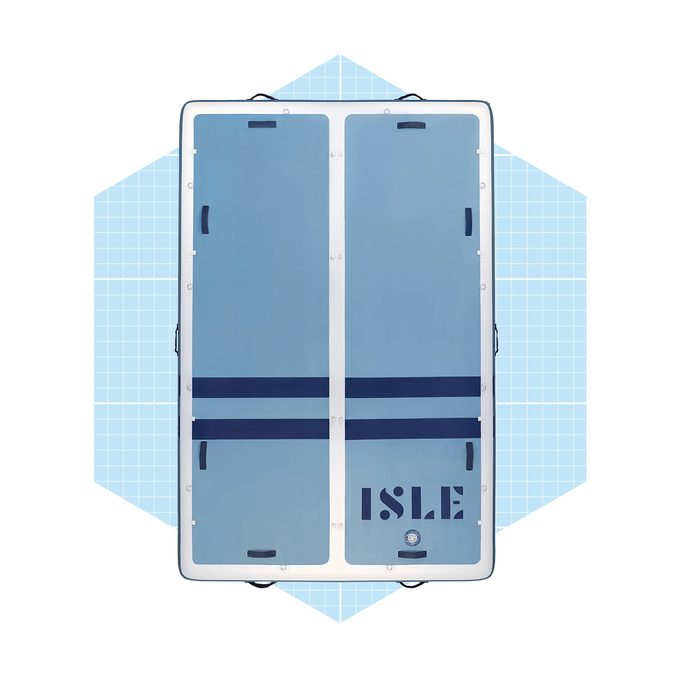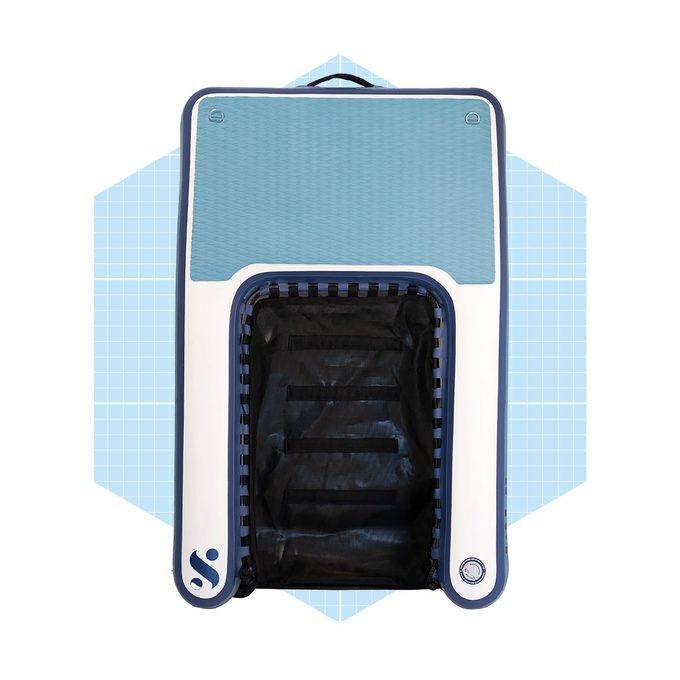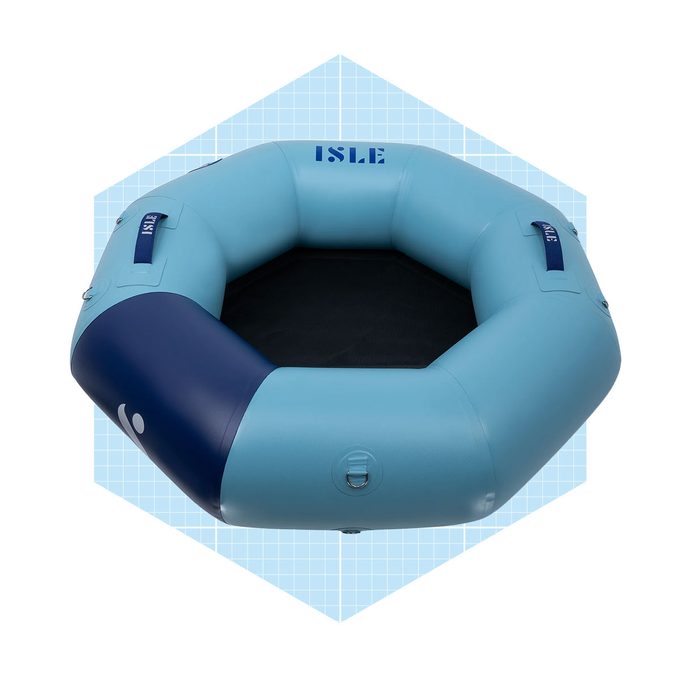You know those ubiquitous green, square metal boxes? You probably pass a dozen a day and barely even notice them. Maybe you have one in your front yard, or there’s one down the street next to your neighbor’s driveway. Those are electrical transformer boxes.
But what are they? What do they do?
You probably have a vague idea that they’re involved in bringing electricity to your house, but how? Are they safe? We’ve got the details right here.
What Is an Electrical Transformer Box?
As the name implies, an electrical transformer box is a metal unit that contains a piece of electrical equipment called a transformer.
When electrical utilities produce electricity and send it out over power lines to our towns and neighborhoods, it’s too powerful for us to just use as-is. It must be converted into a useable voltage before we can plug in our computers, televisions and kitchen appliances.
That’s where the transformer in the green box comes in. It reduces, or “steps down,” higher-voltage power to lower-voltage power that can be safely used in homes and businesses. Why do utility companies use transformer boxes? Because it’s not efficient to transmit electricity to all their customers individually in low-voltage form.
Transformer boxes are also called “pad-mounted transformers” because they sit on a concrete pad for stability. Underground conductors (wires) bring electricity to the box, and the transformer uses a process called induction to convert it down to something we can use. For households, that’s generally 120/240 volts. Then underground conductors carry the power to our electrical service panels.
If you have overhead power lines, you have a transformer, but it’s up on the electrical pole instead of inside a transformer box.
Why Are Transformer Boxes Located in Residential Yards?
The box in your yard is the second-to-last step in a long line of electrical transmission from the utility to your house.
After power plants generate electricity, whether from fossil fuels, renewables or other means, they use a transformer to “step up” the electricity into really high voltages (hundreds of thousands of volts) so it can be efficiently sent via transmission lines to substations.
At the substations, the electricity is stepped back down (to thousands of volts) and sent to other substations or out to your neighborhood transformers, where it’s stepped down one more time and sent into our homes.
Safety Tips for Electrical Transformer Boxes
Electrical transformer boxes contain dangerous voltage levels. If you leave them alone, you shouldn’t be worried. But it’s important not to press your luck. Here are some safety tips to make sure you stay safe:
- Warn children not to play on or around them. The green metal box secures the transformer’s live electrical parts from the curious or careless, but it’s always possible something could go wrong. Never try to open a transformer box or climb on it.
- Don’t try to disguise a transformer box by planting trees or plants in front or around the sides. Leave a 10-foot clearing in the front, and a three-foot perimeter on the other sides so technicians can open the box and work on it.
- Call or visit 811.com before digging near a transformer box.
- If you see a box that’s open or in disrepair, avoid it and contact the appropriate authority (see below).
Who To Contact About Electrical Transformer Box Problems
If you see a problem with an electrical transformer, contact your local utility. The phone number to call should be on the front of the transformer box. If it’s worn off or otherwise damaged, look on your bill or online for reporting options.
Write down the transformer identification number that’s on a sticker on the box, and give the utility your address and detailed information about what’s wrong. If retrieving this information is unsafe, or you see sparks, fire or any other emergency, call 911.
Article source here: What To Know About Electrical Transformer Boxes In Your Yard

